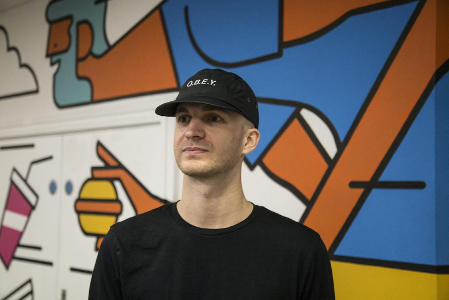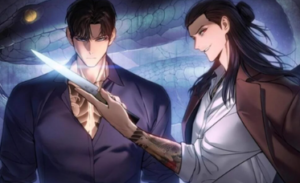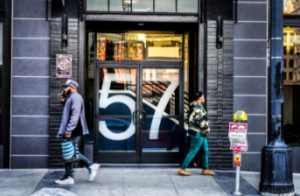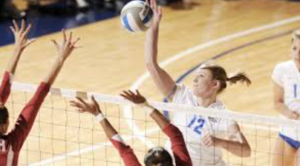The idea of “strip cap” may evoke pictures of headwear enhanced with explicit stripes or caps related with explicit topics or functionalities. In this article, we’ll investigate the different translations and ramifications of the expression “strip cap,” analyzing its place in style, its social importance, and it’s down to earth applications. We will look at the development of caps as a rule, the impact of stripes as an example in the realm of design, and how these components consolidate into what we can envision as the “striped cap“.
A Background marked by Caps in Design
Old times
Caps have been important for human dress for quite a long time, filling both utilitarian and enlivening needs. For instance, the antiquated Egyptians covered their heads to shield themselves from the sun. These early caps were much of the time basic, produced using plant strands or creature skins.
The Medieval times and the Renaissance
During the Medieval times, caps turned into an image of societal position. The kind of cap one wears can demonstrate their status in the public arena, their riches and, surprisingly, their calling. By the Renaissance, caps had developed into intricate design articulations, with wide edges and enriching components like quills and gems.
The cutting edge time
The twentieth century saw caps become a fundamental piece of ordinary style. From 1920s cloche caps to 1950s fedoras and trilbys, caps became inseparable from style and complexity. As style advanced, so did the plan and reason for caps driving us to the cutting edge understandings we see today.
The force of stripes in style
Streaks in history
Stripes have had a different history in design. In archaic Europe, stripes were frequently connected with pariahs or detainees thought about external standards of society and entertainers. Notwithstanding, by the nineteenth 100 years, stripes started to take on a new, more good implication.
Ascent of the ocean belts
The ocean belt, or Breton belt, became well known thanks to its reception by the French Naval force during the 1850s. The example was practical, as the stripes made mariners more noticeable adrift. Coco Chanel later promoted the thorough search in the mid twentieth 100 years, making stripes a staple in style.
Stripes in present day design
Today, stripes are a flexible example that can be tracked down in different style settings. They are utilized to make visual interest, pass on various expressive messages, and even change the impression of actual appearance. Stripes can be intense or unobtrusive, level or vertical, and are a #1 among fashioners for their immortal allure.
The stripe cap: a combination of style and capability
A meaning of a striped cap
Despite the fact that there is no generally acknowledged meaning of “strip cap”, we can investigate the idea through different understandings. A striped cap can be a cap with a striped example, or it can allude to a cap intended for a particular reason that is steady with “shedding” overabundance — moderation or an emphasis on usefulness. does
Translations of style
In style, a striped cap can be a beanie, beret, or sun cap with striking or slender stripes. Fashioners can utilize stripes to make visual difference or cause to notice the cap as a proclamation piece. These caps can be produced using various materials, including fleece, cotton and straw, permitting them to be adjusted to suit various seasons and styles.
Useful explanations
By and by, an overflowed cap can allude to caps intended for explicit conditions or exercises where a moderate or smoothed out plan is attractive. For instance, sports caps or covers utilized in open air exercises might zero in on lightweight materials, breathability, and dampness wicking properties.
Social meaning of striped caps
Caps in mainstream society
Caps play had a significant impact in mainstream society, frequently representing a specific time or development. The striped cap, as an idea, can be tracked down in writing, film, and craftsmanship, representing subjects going from eccentricity to disobedience.
The Feline in the Cap: Dr. Seuss’ renowned person wears a tall, striped cap, which has turned into an image of imagination and underhandedness in youngsters’ writing.
Style symbols: Creators, for example, Jean Paul Gaultier have utilized stripes in their assortments, making striped caps an unmistakable piece of their design language.
Striped caps in friendly developments
Caps have additionally been utilized in friendly and political developments, frequently with emblematic importance. Contingent upon its specific situation and plan, a striped cap can be utilized to pass on messages of solidarity, variety, or aberrance from the standard.
Planning an assortment of striped caps
Materials and methods
Making a stripe cap assortment includes picking the right materials and methods to rejuvenate the plan vision. Materials like cotton, fleece, and engineered filaments can be utilized, contingent upon the expected use and feel of the caps.
Weaving and tying: For beanies and barrettes, sewing can make multifaceted stripe designs. Sewing procedures can be utilized for sun caps and fedoras to add stripes to the actual texture.
Printing and weaving: Stripes can likewise be added through printing or weaving, permitting greater adaptability in variety and plan.
Varieties in style
A cap assortment can incorporate various styles to suit various inclinations and events.
Easygoing Caps: Striped beanies and caps for regular wear, with an emphasis on solace and style.
Formal Caps: Striped fedoras or wide-overflowed caps for formal events, which add polish and complexity.
Occasional Caps: Lightweight, breathable caps for summer, and comfortable, warm caps for winter, each with its own stripe design.
Natural effects of cap creation
Tough material
To decrease the natural effect, consolidating supportable materials in the development of the hat is significant. Utilizing natural cotton, reused strands, and biodegradable materials can make a sew cap all the more harmless to the ecosystem.
Moral creation techniques
Guaranteeing moral creation rehearses includes fair work conditions and lessening waste. This can be accomplished by collaborating with makers who focus on supportability and straightforwardness in their tasks.
The eventual fate of the straw cap
Mechanical developments
The eventual fate of the stripe cap lies in mechanical advancements that upgrade both usefulness and plan. For instance, shrewd materials can be utilized to make caps that offer UV security, temperature guideline, or even network highlights.
Arising style
As style keeps on advancing, the striped cap will adjust to recent fads and purchaser inclinations. The flexibility of stripes as an example guarantees that striped caps will stay important, interesting to both conventional and contemporary preferences.
The outcome
The stripe cap, whether deciphered as a striped design explanation or a useful piece of headwear, addresses an exceptional convergence of style, culture and common sense. By investigating its different features, we gain knowledge into the huge universe of design and its vast opportunities for development and articulation. As planners keep on pushing the limits, the strip cap will without a doubt stay a staple in the steadily changing design scene.








